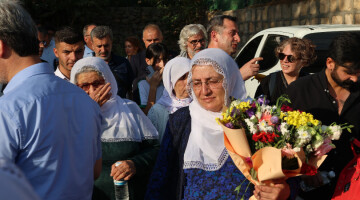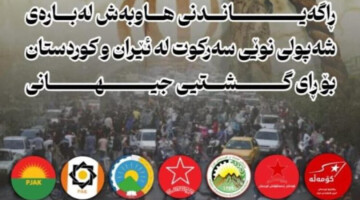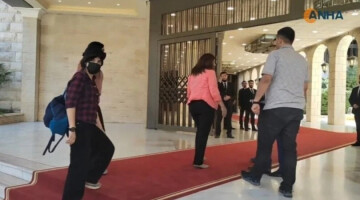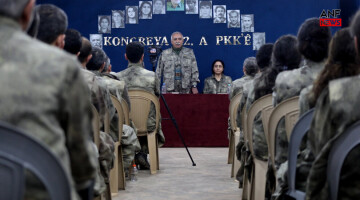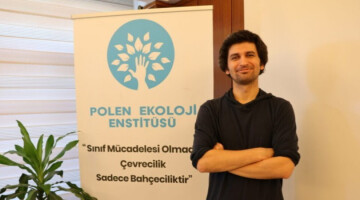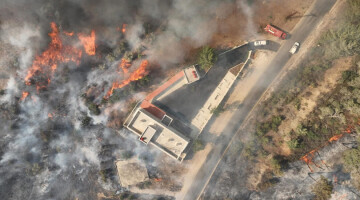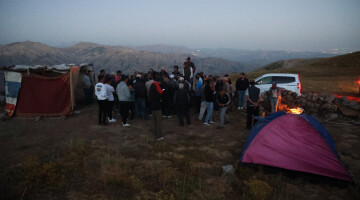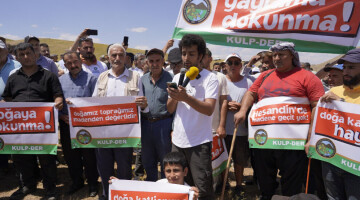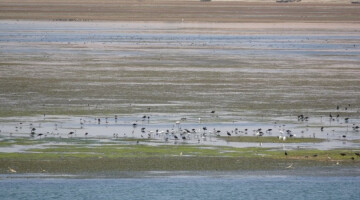Protests against water shortages continue in the southwest of Iran. The country is facing its worst drought in 50 years, with protests breaking out in several cities and towns in Khuzestan province over the water crisis, which has affected households, devastated agriculture and livestock farming, and led to power blackouts.
The deaths increased to 5 as protests continued for over 8 days due to the long water cuts in the region. While the protests intensified, especially in cities such as Aligudarz, Hamidiye, Şadigan and Mahşehr in the province of Khuzestan, some eyewitnesses said that law enforcement officers intervened harshly on the people and that citizens were fired upon.
Human Rights Watch said that Iranian authorities appear to have used excessive force against demonstrators in southwestern Iran protesting lack of access to water and added that the authorities should transparently investigate the reported deaths of at least three protesters and hold those responsible to account. The government should also urgently address longstanding grievances on access to water in the country.
Earlier this month, President Hassan Rouhani said the drought was “unprecedented”, with average rainfall down 52 percent compared to the previous year.
Khuzestan MP Abdollah Izadpanah warned that “Khuzestan’s insecurity means a lack of security for the whole country”.
He blamed the water shortages on “mistakes and unjustified decisions” such as the extraction of water from Khuzestan’s rivers to other provinces, ISNA reported.
This month, rolling blackouts began in the capital, Tehran, and several other large cities, which officials blamed on the effects of the drought on hydroelectric power generation, as well as surging demand.
Power cuts in the peak summer months are not uncommon in Iran, but the continuing drought has intensified the situation.
Khuzestan is home to a large Sunni Arab minority, which has frequently complained of marginalisation in mainly Shia Iran.



